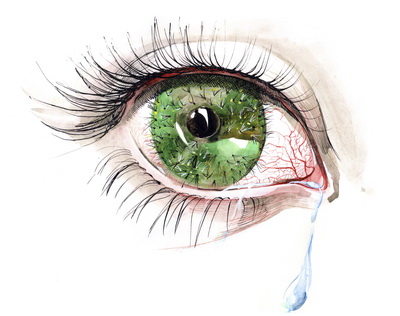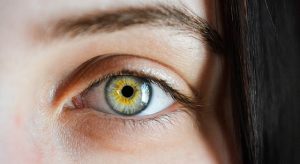If your child’s eyes are sore, scratchy or watery, they most likely have ‘Pink Eye’.
Pink eye is the most common eye problem among children, causing sore and painful eyes.
Pink eye, or conjunctivitis is the inflammation of the conjunctiva — the clear membrane that covers the inner portion of the eyelids and the white of the eye. This condition can be successfully treated by optometrists.
Common symptoms of pink eye include:
- Blurred vision
- Eyes feel scratchy
- Crustiness around the lashes
- Discharge from the eyes
- Itchiness and grittiness
- Light sensitivity
- Red, swollen eyes and eyelids
- Watery eyes
Pink eye is typically caused by viruses, bacteria, allergens, or irritants. If a bacteria or virus is the cause of your child’s pink eye, then it’s highly contagious.
SEE RELATED: Unequal Pupil Sizes (Anisocoria)
If your child has any of the above symptoms, contact an eye doctor near you.
4 things to do for pink eye:
1. Contact an eye doctor
It’s often difficult for parents to tell what’s causing their child’s symptoms, which is why it’s important for an eye doctor to examine the child’s eyes.
The treatment for pink eye is determined by the type of infection, so a proper diagnosis is crucial.
For example, viral conjunctivitis can resolve on its own after several days, whereas bacterial conjunctivitis requires treatment with antibiotic medication.
If your child is showing signs of pink eye, contact an eye doctor near you for an eye exam.
2. Change Your child’s bed sheets and towels
To get rid of any bacteria that might remain on their towels, pillowcases, and bed sheets, throw all of them in the washer and dryer.
This reduces the chances of the child being infected again and infecting other family members. Wash your hands thoroughly after handling potentially infected linens.
3. Encourage personal hygiene
Since viral and bacterial conjunctivitis are so infectious, good hygiene is vital to prevent it from spreading. If your child is young, teach them how to wash their hands properly with soap and water and when to do so.
As long as a child has viral or bacterial pink eyes they should avoid wearing contact lenses in order to prevent their eyes from becoming infected. Wear glasses until your child’s eyes are fully healed.
4. Make your child feel comfortable
If your child has viral conjunctivitis, the primary treatment is often simply easing your child’s symptoms.
To reduce irritation use soothing eye drops. A warm or cool compress placed over the child’s affected eye can also be helpful. Be sure to use a fresh washcloth each time, and thoroughly wash your hands afterwards.
Warm compresses are great for viral and bacterial pink eye, while cool compresses work best for pink eye caused by allergies and irritants.
Contact an eye doctor near you, who will instruct you on how to care for your child’s condition and ease any discomfort.
4 ways to protect yourself
There are a number of things that can be done to protect yourself and other family members from becoming infected and spreading pink eye.
- Avoid rubbing or touching your eyes. By rubbing or touching your eyes when you have a pink eye, it can spread to the other eye or worsen the condition.
- Wash your hands thoroughly. Make sure that you and your children wash hands using soap and water. This is especially important after touching someone with pink eyes or any of their personal items.
- Don’t share personal items, such as towels, bedding, eye drops, glasses, contact lenses and containers, and makeup.
- If you wear contacts, stop wearing them until your eye doctor says it’s okay. Then throw out the current lenses and use a fresh pair when your eye doctor says it’s safe to start wearing lenses again.
LEARN MORE: Guide to Eye Conditions
Schedule an appointment with an eye doctor near you to have your child’s pink eye diagnosed and treated.

